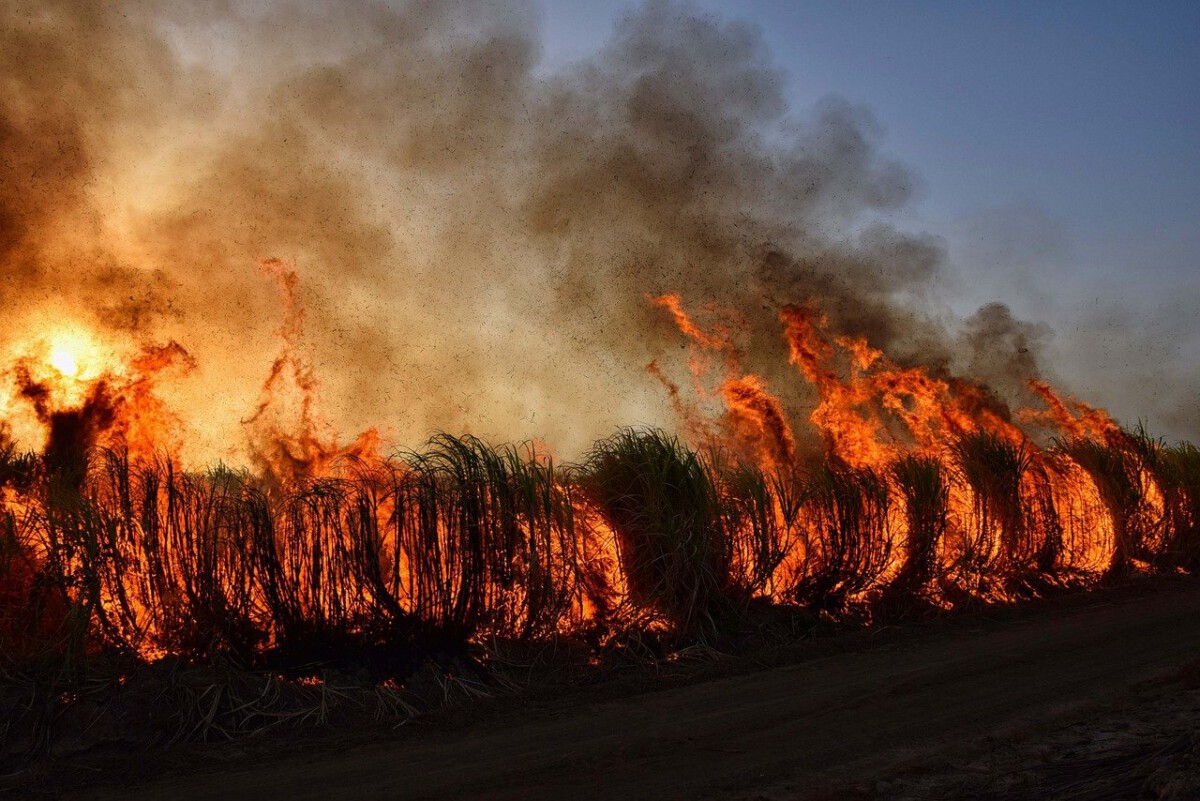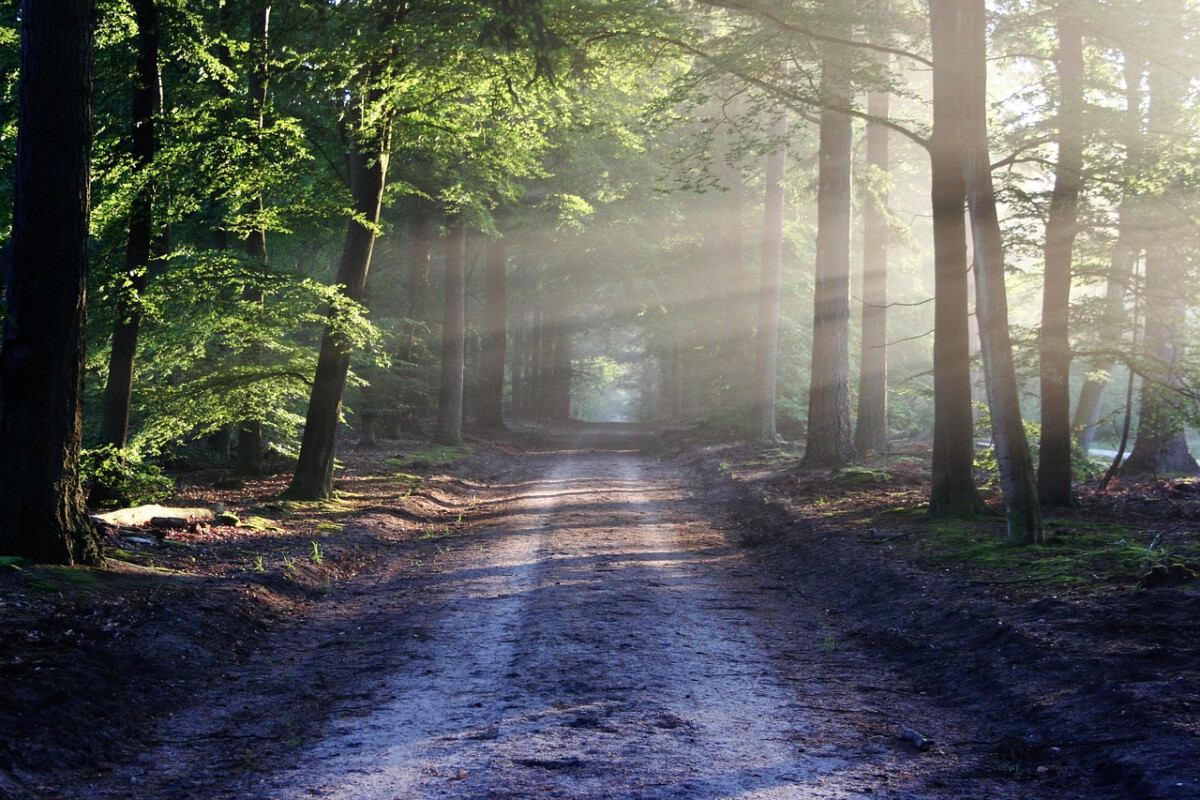Brazil: The Relentless Amazon Rainforest Fires

Brazil’s Amazon rainforest has become a global symbol of both natural wonder and environmental crisis. In 2023, satellite analysis by the National Institute for Space Research (INPE) revealed over 75,000 separate fire outbreaks across the region—a staggering 20% increase from the year before. Most of these fires are linked directly to aggressive deforestation, as land is cleared for cattle ranching and soy cultivation. Illegal logging operations also play a major role, often operating with impunity due to weak enforcement of environmental laws. International pressure has mounted on President Lula da Silva’s administration to clamp down on these practices, as the Amazon’s destruction accelerates greenhouse gas emissions and disrupts rainfall patterns far beyond Brazil’s borders. The fires have become so severe that smoke plumes regularly darken the skies of major cities like São Paulo, prompting health emergencies. As of early 2024, conservation groups warn that the forest is approaching a “tipping point,” where large portions could permanently transform from lush rainforest to dry savannah.
Indonesia: Catastrophic Peatland Fires and Transboundary Haze

Indonesia’s peatland fires are infamous for their intensity and far-reaching impact, both locally and internationally. According to the Indonesian Ministry of Environment, the first half of 2024 saw approximately 30,000 hectares of land scorched, a trend attributed largely to deliberate burning for palm oil and pulpwood plantations. Peat soils, when ignited, burn underground for months, releasing vast quantities of carbon dioxide and toxic haze that drifts over neighboring nations like Malaysia and Singapore. In 2024, the air quality index in parts of Sumatra and Kalimantan repeatedly exceeded hazardous levels, forcing school closures and mass distribution of face masks. The haze crisis has been linked to spikes in respiratory illnesses, particularly among children and the elderly. Despite new regulations and increased fire patrols, enforcement remains sporadic, with local economic interests often outweighing environmental concerns. International NGOs continue to urge stricter penalties and greater transparency from both government and industry.
Australia: Bushfire Seasons Redefined by Climate Extremes

Australia’s once-predictable bushfire season has expanded into a near year-round threat. In 2023, the Australian Bureau of Meteorology recorded record-breaking heatwaves, culminating in over 10 million hectares of land burned nationwide. The Black Summer of 2019–2020 was eclipsed by these latest fires, which destroyed thousands of homes, killed at least 34 people, and decimated wildlife populations. Firefighters and emergency services faced unprecedented challenges as multiple “megafires” raged simultaneously across New South Wales, Victoria, and Queensland. Scientists from the Commonwealth Scientific and Industrial Research Organisation (CSIRO) attribute this escalation to prolonged drought, rising temperatures, and shifting wind patterns—all consequences of climate change. Policy debates have intensified over land management, prescribed burns, and resource allocation, as authorities brace for even more severe fire seasons ahead. The economic and psychological toll on rural communities continues to mount, driving calls for more robust disaster preparedness.
United States: California’s Endless Wildfire Emergency

California’s wildfire crisis has grown so acute that there is now no true “off-season.” Cal Fire reported that in 2024, over 1.5 million acres had burned, with major incidents flaring up as early as February. Prolonged drought, higher temperatures, and persistent Santa Ana winds have created a tinderbox environment, especially in the Sierra Nevada foothills and coastal ranges. The 2023 August Complex Fire alone scorched more than 1 million acres, making it the largest recorded in state history. Insurance claims from wildfires have soared into the billions, and entire communities such as Paradise and Greenville have been nearly wiped off the map. Firefighting crews are increasingly stretched, prompting Governor Gavin Newsom to seek additional federal support and invest in new technologies like drone surveillance and predictive modeling. Air quality alerts and power shutoffs have become routine for millions of residents each summer and fall.
Russia: Siberia’s Expanding Wildfire Disaster

Siberia’s wildfires have reached levels that alarm scientists and environmentalists worldwide. The Russian Federal Forestry Agency reported that in 2023, more than 4 million hectares of forests and grasslands burned in Siberia, with the Republic of Sakha (Yakutia) particularly hard-hit. Unusually high temperatures—well above the historical average—combined with lightning strikes have sparked blazes that rage unchecked for months. The remoteness and sheer scale of the affected areas make firefighting efforts extremely difficult, often relying on military aircraft and volunteers. In 2024, smoke from Siberian fires was detected as far as Alaska and western Canada, illustrating the transcontinental impact of these events. Russian officials have faced criticism for underreporting fire data and for slow mobilization of resources. Climate researchers warn that the thawing of permafrost beneath these fires could release even greater amounts of methane, further accelerating global warming.
Canada: Boreal Forests Under Siege

Canada’s vast boreal forests, stretching from coast to coast, have become a focal point in the discussion of global wildfire trends. The Canadian Interagency Forest Fire Centre documented over 1 million hectares burned in 2023, with British Columbia and Alberta experiencing some of the most active seasons on record. These fires have disrupted timber supply chains, forced mass evacuations, and severely impacted Indigenous communities who depend on the land for traditional hunting and fishing. The 2023 wildfire season pushed Canada to deploy military support for firefighting, a rare but increasingly common measure. Scientists link the escalating fire risk to warmer, drier springs and reduced snowpack—patterns projected to intensify with ongoing climate change. Air pollution from these fires has at times rendered major cities like Vancouver and Edmonton among the world’s most polluted, as measured by PM2.5 concentrations.
Greece: Mediterranean Wildfires and Economic Fallout

Greece’s wildfire problem has intensified in recent years, with 2023 marking one of the worst fire seasons in its modern history. According to the Hellenic Fire Service, more than 500,000 hectares of forests, olive groves, and farmland were lost to wildfires, especially on the islands of Rhodes and Evia and in the Attica region. Scorching temperatures—often exceeding 45°C—combined with dry winds, fueled rapid fire spread that overwhelmed local resources. The Greek government has faced fierce criticism for delayed evacuations and inadequate equipment, as more than 20 lives were lost and thousands displaced. The fires have dealt a heavy blow to Greece’s vital tourism sector, with bookings in affected areas plummeting by up to 40% in late summer 2023. Environmental groups blame both climate change and poor land management for the escalating crisis, urging urgent reforms to prevent future disasters.
Norway: Arctic Chill and Climate Stability

Norway remains one of the coldest inhabited countries in Europe, with its far northern regions rarely experiencing temperatures above freezing. Throughout 2024, meteorological data showed average winter temperatures in Tromsø and Finnmark hovering around -15°C, with occasional lows reaching -30°C. The country’s mountainous terrain and proximity to the Arctic Circle help preserve its frigid climate, despite global warming trends. While glaciers in southern Norway have shown signs of retreat, the north continues to see long, dark winters and cool, brief summers. The Norwegian government has prioritized investments in hydropower and wind energy to maintain its status as a leader in renewable energy, aiming to limit the effects of climate change on its unique environment. Extreme heatwaves remain exceedingly rare, ensuring Norway’s place on the list of countries that almost never warm up.
Iceland: Embracing the Elements of Fire and Ice

Iceland’s climate is shaped by its position in the North Atlantic and its volcanic geology, earning its nickname as the “Land of Fire and Ice.” In 2023, data from the Icelandic Meteorological Office showed an average yearly temperature of just 5°C in Reykjavik, with winter lows routinely dropping below -10°C. Despite the presence of active volcanoes and hot springs, the country’s weather remains consistently cool, with only a handful of days each year exceeding 15°C. Glaciers cover about 11% of the island, and while some retreat has been noted due to climate warming, the overall temperature profile remains stable. The Icelandic government has focused on sustainable tourism and the use of geothermal and hydroelectric energy to minimize environmental impact. Local authorities have also responded to increasing tourism by promoting eco-friendly travel options, ensuring that Iceland’s pristine landscapes endure for future generations.
Antarctica: The Unyielding Realm of Ice

Antarctica stands as the coldest, driest, and most remote continent on Earth. In 2024, scientific teams from the British Antarctic Survey recorded average temperatures at the South Pole of -49°C, with the coldest winter night dipping to -65°C. The continent is covered by an ice sheet up to 4 kilometers thick, containing 90% of the world’s fresh water. While climate change has led to some localized ice melt, particularly on the Antarctic Peninsula, the interior remains inhospitably cold year-round. Research stations scattered across the continent provide critical data on global climate trends, sea level rise, and atmospheric chemistry. Human presence is strictly limited to scientific and support personnel, with stringent protocols to prevent any environmental contamination. Despite growing concerns about melting ice shelves, Antarctica’s climate is still overwhelmingly defined by its extreme cold and isolation.






